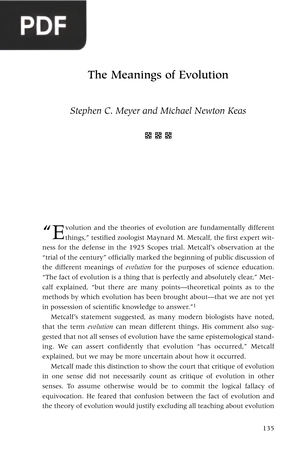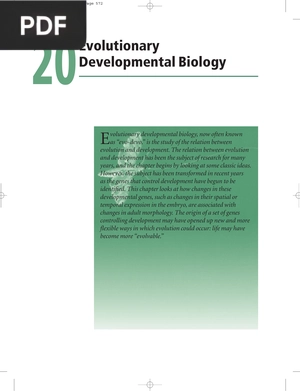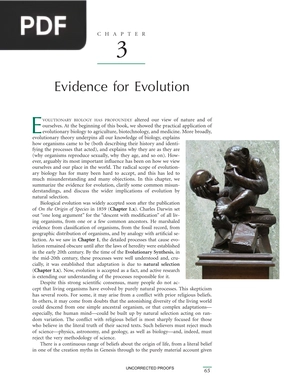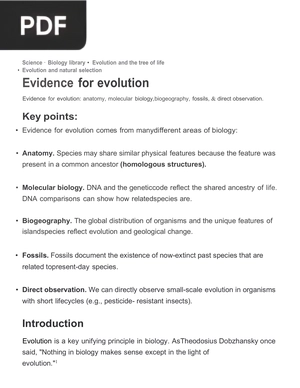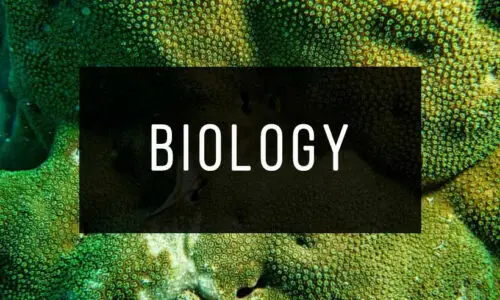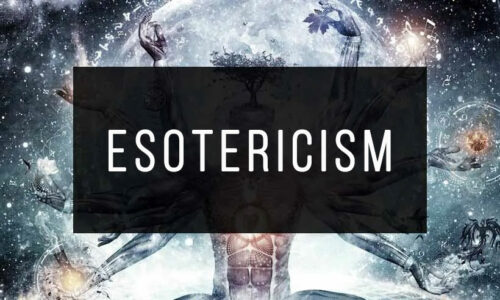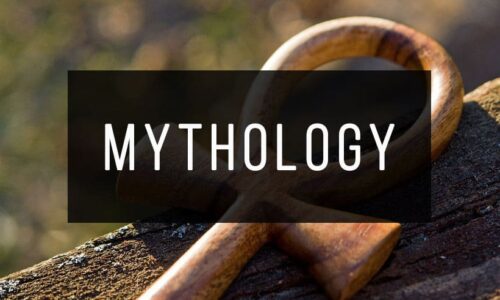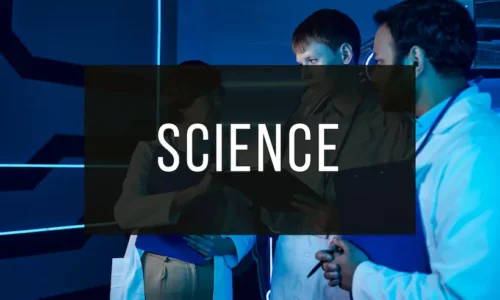The Use of Information Theory in Evolutionary Biology
Author: Christoph Adami
*Wait a few seconds for the document to load, the time may vary depending on your internet connection. If you prefer, you can download the file by clicking on the link below.
Information
Description: The Use of Information Theory in Evolutionary Biology by Christoph Adami explores the critical role of information in evolution, from genes to brains. It reveals how information theory quantifies genetic content and brain complexity, offering insights into adaptation and fitness.
Pages: 25
Megabytes: 3.15 MB
This may interest you
The Meanings of Evolution
Extension: PDF | 22 pages
The Meanings of Evolution por Stephen C Meyer,Michael Newton Keas, this paper meticulously dissects the multifaceted definitions of evolution. Understanding these distinctions is vital for educators and anyone seeking clarity in the ongoing evolution debate.
Evolutionary Developmental Biology
Extension: PDF | 18 pages
Evolutionary Developmental Biology por Blackwell Publishing explores the intersection of evolution and development, revealing how changes in developmental genes drive morphological evolution. Discover how "evo-devo" research illuminates the genetic basis of animal forms and evolutionary innovation.
Origin and Evolution of life and Introduction to Classification
Extension: PDF | 727 pages
Origin and Evolution of life and Introduction to Classification por Drishti The Vision Foundation India explores the origins of life on Earth, classification systems, and evolutionary principles. This PDF offers valuable insights into the foundations of evolutionary biology.
Evidence for Evolution
Extension: PDF | 19 pages
Evidence for Evolution por Cold Spring Harbor Lab Press presents compelling evidence supporting evolutionary theory. It clarifies common misconceptions and highlights the implications of natural selection.
Evidence for Evolution
Extension: PDF | 13 pages
Evidence for Evolution por Kahn Academy outlines the key evidence supporting evolutionary theory. It explores anatomy, molecular biology, biogeography, fossils, and direct observation, making it a valuable resource for understanding the foundation of evolutionary biology.


